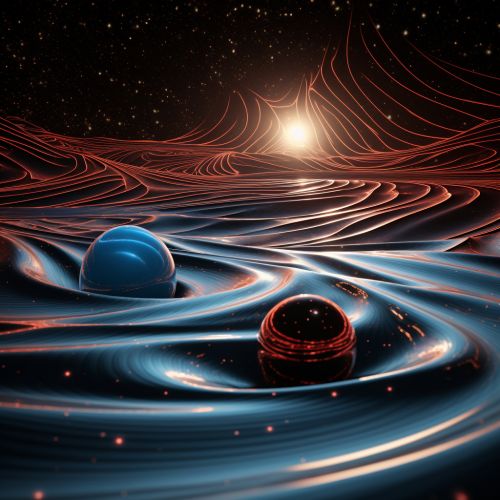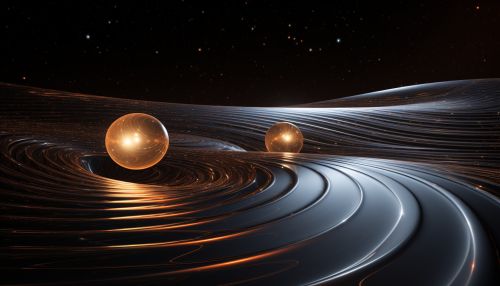Gravitational Wave Astronomy and Neutron Star Mergers
Introduction
Gravitational Wave Astronomy is a rapidly developing field that has opened up new possibilities for understanding the universe. It involves the study of gravitational waves, ripples in the fabric of spacetime caused by some of the most violent and energetic processes in the Universe. One of the most exciting discoveries in this field has been the detection of gravitational waves from the merger of neutron stars. This article will delve into the science of gravitational wave astronomy, the nature of neutron star mergers, and the profound implications these discoveries have for our understanding of the universe.
Gravitational Waves
Gravitational waves are disturbances in the curvature of spacetime, generated by accelerated masses, that propagate as waves outward from their source. Predicted in 1916 by Einstein on the basis of his theory of general relativity, gravitational waves transport energy as gravitational radiation. The existence of gravitational waves was first demonstrated in the 1970s and 80s by Joseph Taylor, Jr., and colleagues, astronomers who worked with the binary pulsar PSR B1913+16, the discovery of which earned Taylor and Russell Hulse the 1993 Nobel Prize in Physics.


Detection of Gravitational Waves
The direct detection of gravitational waves was a major challenge for scientists for many decades. It wasn't until the 21st century that technology advanced enough to make this possible. The first direct observation of gravitational waves was made on 14 September 2015 by the Laser Interferometer Gravitational-Wave Observatory (LIGO). This observation confirmed the existence of gravitational waves, marking a significant breakthrough in gravitational wave astronomy.
Neutron Stars
Neutron stars are the collapsed cores of large stars which have undergone supernova explosions. They are the smallest and densest stars known to exist. With a radius of about 10 kilometers, they can have a mass up to twice that of the sun. Neutron stars are so dense that a sugar-cube-sized amount of neutron-star material would weigh about as much as a mountain.
Neutron Star Mergers
When two neutron stars orbit each other closely, they emit gravitational waves that carry away some of their orbital energy, causing them to gradually approach each other over billions of years. Eventually, they merge in a violent process, which leads to the formation of either a more massive neutron star or a black hole. The merger can also result in the creation of short gamma-ray bursts and significant amounts of exotic matter, which can be ejected into space.
Detection of Neutron Star Mergers
The first observation of a neutron star merger was made on 17 August 2017, when the gravitational-wave observatories LIGO and Virgo detected gravitational waves from a neutron star merger event known as GW170817. This event was also observed by numerous telescopes around the world, which detected the light and other forms of electromagnetic radiation produced by the merger. This marked the first time that a cosmic event was observed with both gravitational waves and light, ushering in a new era of multi-messenger astronomy.
Implications for Science
The detection of gravitational waves from neutron star mergers has profound implications for many areas of science. It provides a new way to study the properties of neutron stars and test the theory of general relativity in extreme conditions. It also allows scientists to measure the rate of expansion of the universe and investigate the origin of heavy elements like gold and platinum, which are thought to be produced in neutron star mergers.
